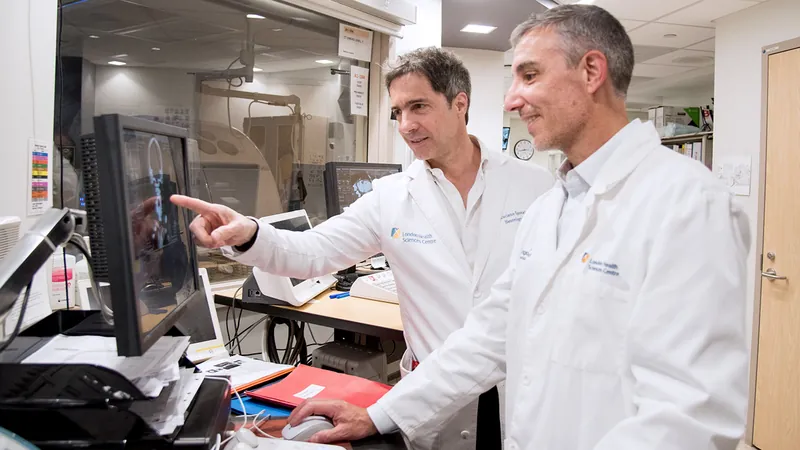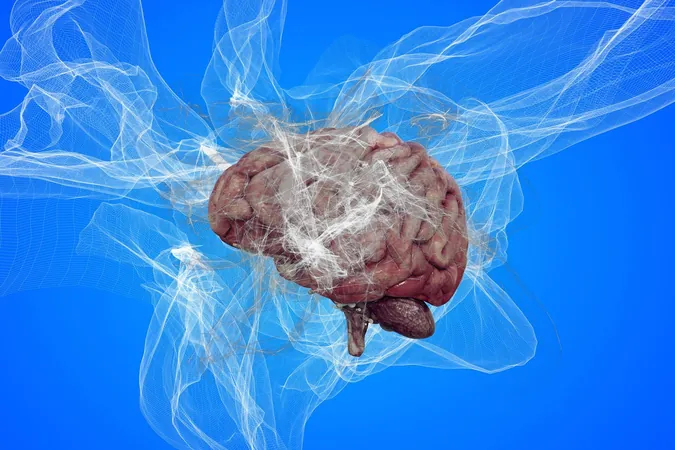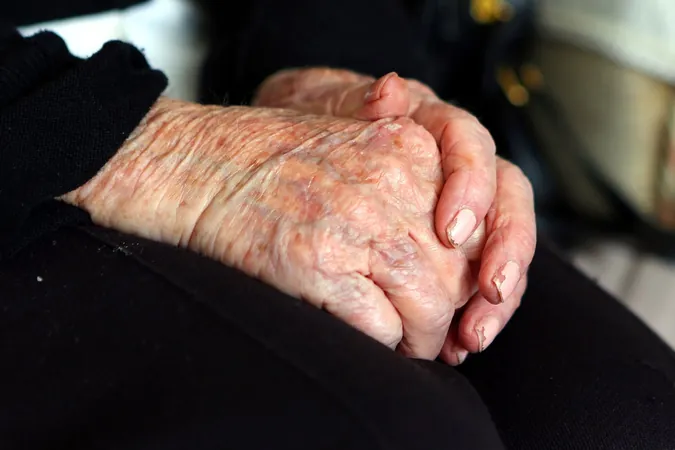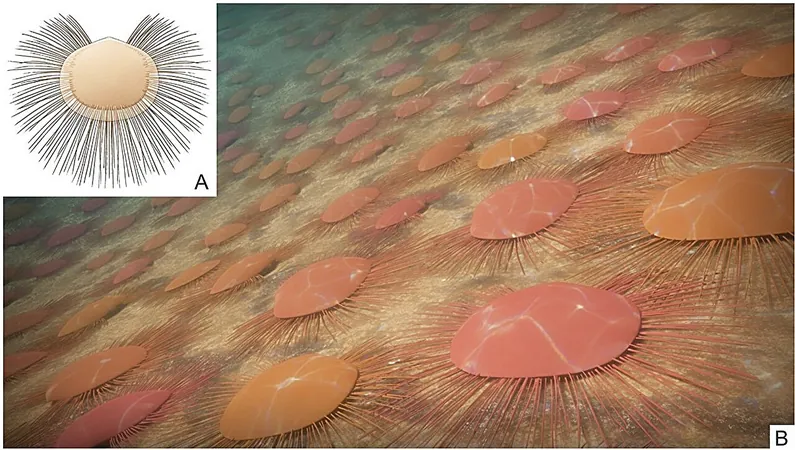
Revolutionary Breakthrough in Blood Clot Detection Could Save Lives
2025-06-16
Author: Amelia
In a major stride for stroke treatment, researchers at the London Health Sciences Centre Research Institute (LHSCRI) and the Schulich School of Medicine & Dentistry have unveiled a groundbreaking method to detect hidden blood clots, which could be pivotal in preventing strokes.
This pioneering study, published in The Lancet Neurology, is a game-changer, demonstrating that extending imaging to include the heart shortly after a patient arrives at the hospital with acute stroke symptoms significantly boosts the chances of pinpointing the cause of the stroke. This enhanced diagnostic technique can lead to more effective and personalized treatment plans.
The Importance of Identifying Blood Clots
Understanding the origin of a blood clot is critical, as it influences the choice of treatment. Dr. Luciano Sposato, a leading scientist at LHSCRI and a neurology professor at Schulich Medicine & Dentistry, emphasizes, "If the clot originated in the heart, we typically use blood thinners to prevent future strokes." Considering that around 85% of strokes are caused by blood clots or other blockages in the brain, knowing the source is vital for effective intervention.
The Groundbreaking Clinical Trial
In this landmark clinical trial, researchers analyzed 465 patients at LHSC’s University Hospital who were admitted for acute strokes or transient ischemic attacks. Remarkably, the team found that incorporating heart and aorta images in the CT scans increased blood clot detection rates by a staggering 500% compared to standard practices. Not only did this method improve detection rates, but it also ensured that there was no delay in the imaging process during emergencies.
Dr. Rodrigo Bagur, another key researcher in the study, noted, "Without extending the CT scans, some blood clots might have gone undetected, leaving many strokes classified as having no known cause." This innovative approach found one clot for every 14 patients scanned, demonstrating its effectiveness.
Funding and Future Implications
The research was made possible by funding from the School's Department of Medicine, The Kathleen and Dr. Henry Barnett Chair in Stroke Research, and the Saraydar Neurosciences Fund. This advancement not only signifies hope for more accurate diagnoses but also sets the stage for future innovations in stroke treatment.
As we delve deeper into understanding stroke mechanisms, this trial marks a pivotal step towards saving more lives and ensuring patients receive the best possible care.









 Brasil (PT)
Brasil (PT)
 Canada (EN)
Canada (EN)
 Chile (ES)
Chile (ES)
 Česko (CS)
Česko (CS)
 대한민국 (KO)
대한민국 (KO)
 España (ES)
España (ES)
 France (FR)
France (FR)
 Hong Kong (EN)
Hong Kong (EN)
 Italia (IT)
Italia (IT)
 日本 (JA)
日本 (JA)
 Magyarország (HU)
Magyarország (HU)
 Norge (NO)
Norge (NO)
 Polska (PL)
Polska (PL)
 Schweiz (DE)
Schweiz (DE)
 Singapore (EN)
Singapore (EN)
 Sverige (SV)
Sverige (SV)
 Suomi (FI)
Suomi (FI)
 Türkiye (TR)
Türkiye (TR)
 الإمارات العربية المتحدة (AR)
الإمارات العربية المتحدة (AR)